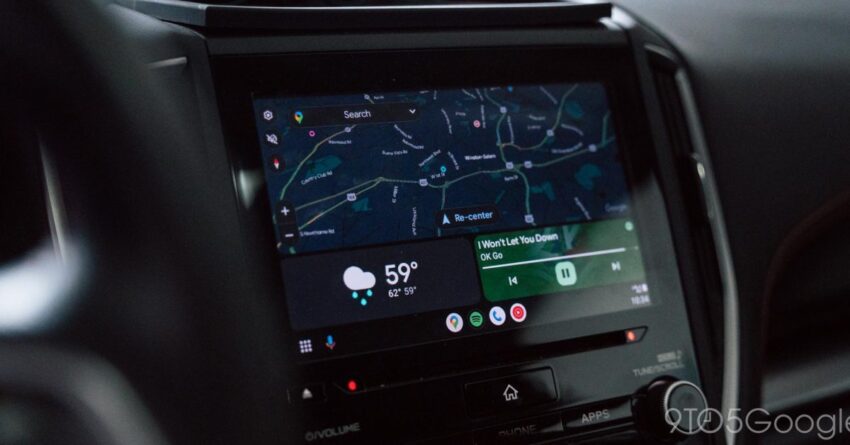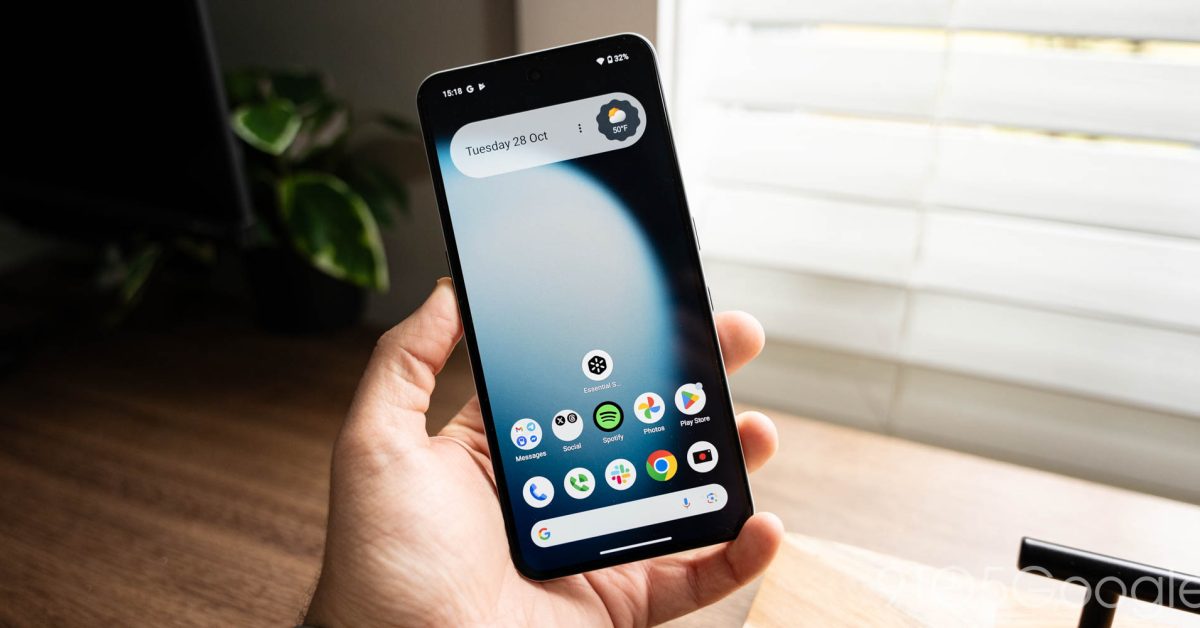
some android auto users report issues after As Samsung’s Android 16 update becomes more widely available, numerous Android Auto users are experiencing connectivity issues.
some android auto users report issues after
Overview of the Android 16 Update
Android 16, the latest version of Google’s mobile operating system, was officially released in October 2025. This update brings a range of new features and enhancements aimed at improving user experience across various devices, including smartphones, tablets, and automotive systems. Among the most anticipated features are improved performance, enhanced security measures, and a more intuitive user interface. However, as with any major software update, the rollout has not been without its challenges.
Features and Improvements
Android 16 introduces several notable features that have generated excitement among users:
- Enhanced User Interface: The update offers a more streamlined and visually appealing interface, making navigation easier and more intuitive.
- Improved Performance: Users can expect faster load times and smoother transitions between applications, enhancing overall device responsiveness.
- Security Enhancements: Android 16 includes updated security protocols designed to protect user data and privacy more effectively.
- New Accessibility Features: The update introduces additional tools to assist users with disabilities, ensuring a more inclusive experience.
Despite these improvements, the rollout has been met with mixed reactions, particularly concerning its compatibility with Android Auto.
Issues Reported by Android Auto Users
As the Android 16 update began to reach a broader audience, a significant number of Android Auto users reported experiencing connectivity issues. These problems have raised concerns among users who rely on Android Auto for navigation, communication, and entertainment while driving.
Types of Connectivity Issues
The connectivity issues reported by users vary but generally fall into a few categories:
- Frequent Disconnections: Many users have noted that their devices frequently disconnect from their vehicles, interrupting navigation and audio streaming.
- Delayed Response: Some users report delays in response time when attempting to interact with the Android Auto interface, making it difficult to use essential features.
- Incompatibility with Certain Apps: A number of users have experienced issues with specific applications not functioning correctly or failing to launch altogether.
These issues have prompted users to voice their frustrations on various online forums and social media platforms, highlighting the impact of the update on their driving experience.
User Reactions and Concerns
The user community has reacted strongly to the connectivity issues stemming from the Android 16 update. Many users have taken to social media to express their dissatisfaction, sharing their experiences and seeking solutions. The frustration is palpable, especially among those who rely heavily on Android Auto for daily commuting or long-distance travel.
Common User Complaints
Some of the most common complaints include:
- Loss of Functionality: Users have reported that essential features, such as hands-free calling and navigation, are rendered unusable due to frequent disconnections.
- Increased Driver Distraction: The delays and interruptions caused by the connectivity issues can lead to increased driver distraction, raising safety concerns.
- Frustration with Support: Users have expressed frustration with customer support, citing long wait times and unhelpful responses when seeking assistance.
This feedback has prompted discussions among users about potential workarounds and solutions, as many are eager to restore the functionality they had prior to the update.
Potential Causes of the Issues
While the exact causes of the connectivity issues remain unclear, several factors may contribute to the problems experienced by Android Auto users following the Android 16 update.
Software Compatibility
One potential cause is software compatibility. As Android 16 introduces new features and changes, existing applications and systems may not be fully optimized for the update. This can lead to conflicts that result in connectivity problems.
Device-Specific Issues
Another factor could be device-specific issues. Different manufacturers may implement Android 16 differently, leading to variations in performance and compatibility with Android Auto. Users with certain devices may experience more significant issues than others, depending on how their hardware interacts with the new software.
Network Connectivity
Network connectivity issues may also play a role. Users relying on Bluetooth or Wi-Fi connections to link their devices to their vehicles may encounter problems if their network settings are not optimized for the new update. This can lead to disconnections and delays that disrupt the user experience.
Implications for Users and Stakeholders
The connectivity issues reported by Android Auto users following the Android 16 update have broader implications for both users and stakeholders in the technology and automotive industries.
Impact on User Experience
For users, the inability to rely on Android Auto can significantly impact their daily routines. Many individuals depend on the system for navigation, communication, and entertainment while driving. Disruptions in these services can lead to frustration and decreased satisfaction with both their devices and the Android operating system.
Manufacturer Reactions
Manufacturers of both smartphones and vehicles may need to respond to these issues proactively. If the problems persist, it could lead to a loss of consumer trust and confidence in their products. Companies may need to invest in updates or patches to address the connectivity issues and restore user satisfaction.
Long-Term Consequences
In the long term, unresolved connectivity issues could impact the adoption of Android Auto and similar technologies. Users may become hesitant to upgrade their devices or adopt new features if they fear encountering similar problems in the future. This could hinder the growth of the connected car ecosystem, which relies on seamless integration between mobile devices and vehicles.
Looking Ahead: Potential Solutions
As users continue to report issues, many are looking for potential solutions to restore functionality and improve their experience with Android Auto. While some solutions may be temporary, others could provide more permanent fixes.
Temporary Workarounds
In the interim, users have begun sharing temporary workarounds that may alleviate some of the connectivity issues:
- Rebooting Devices: Some users have found that rebooting their smartphones and vehicles can temporarily resolve disconnection issues.
- Adjusting Bluetooth Settings: Modifying Bluetooth settings, such as unpairing and re-pairing devices, may help restore connectivity.
- Updating Apps: Ensuring that all applications are updated to their latest versions can help mitigate compatibility issues.
Manufacturer Updates
In response to user feedback, manufacturers may release updates or patches to address the connectivity issues. Users are encouraged to keep an eye on official announcements from their device manufacturers regarding potential fixes.
Conclusion
The rollout of Android 16 has brought significant enhancements to the Android ecosystem, but the accompanying connectivity issues experienced by Android Auto users cannot be overlooked. As users continue to report problems, it is crucial for manufacturers and stakeholders to address these concerns promptly to restore user confidence and ensure a seamless experience. The future of connected driving relies on the successful integration of mobile technology and automotive systems, making it imperative for all parties involved to work collaboratively toward effective solutions.
Source: Original report
Was this helpful?
Last Modified: November 5, 2025 at 2:39 pm
2 views















